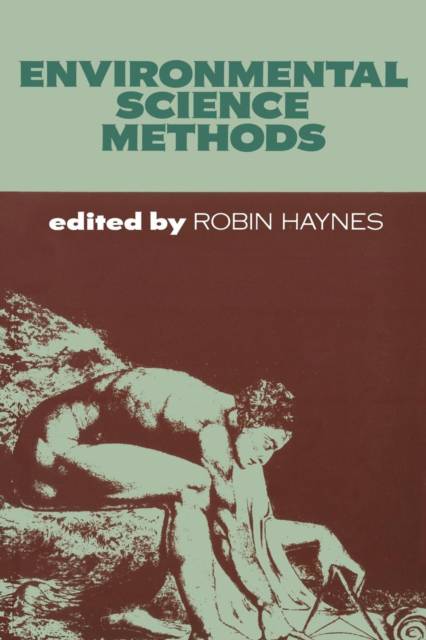
- Afhalen na 1 uur in een winkel met voorraad
- Gratis thuislevering in België vanaf € 30
- Ruim aanbod met 7 miljoen producten
- Afhalen na 1 uur in een winkel met voorraad
- Gratis thuislevering in België vanaf € 30
- Ruim aanbod met 7 miljoen producten
Zoeken
Omschrijving
This book is an introduction to a range of methods and techniques used in the scientific study of the rocks, soils, atmosphere, waters and living organisms of the Earth, and of the relationships of these environmental factors with human activities. It is intended to provide a selection of methods for students taking university courses in geography, geology, meteorology, hydrology, soil science, ecology and other allied environmental sciences. The contributors are all members of the School of Environmental Sciences at the University of East Anglia, Norwich, UK, and the book has developed from part of our course for first year students. It reflects our belief that students of vast complex environmental systems should begin their work with a panoramic view, whatever their ultimate specialization. The emphasis is therefore on breadth of treatment and on the connections between the various sciences. We have summarized and simplified in order to supply a collection of methods that can be managed by a beginning student. We start from basic principles and do not assume that the reader already has a strong scientific background. Eleven chapters follow, each dealing with a group of closely related methods and techniques. They may be taken in any order, although there are many cross references which demonstrate that the subjects covered are not eleven isolated techniques but a web of related principles. The first three topics illustrate the point.
Specificaties
Betrokkenen
- Auteur(s):
- Uitgeverij:
Inhoud
- Aantal bladzijden:
- 404
- Taal:
- Engels
Eigenschappen
- Productcode (EAN):
- 9780412232909
- Verschijningsdatum:
- 19/08/1982
- Uitvoering:
- Paperback
- Formaat:
- Trade paperback (VS)
- Afmetingen:
- 156 mm x 234 mm
- Gewicht:
- 580 g

Alleen bij Standaard Boekhandel
+ 167 punten op je klantenkaart van Standaard Boekhandel
Beoordelingen
We publiceren alleen reviews die voldoen aan de voorwaarden voor reviews. Bekijk onze voorwaarden voor reviews.











